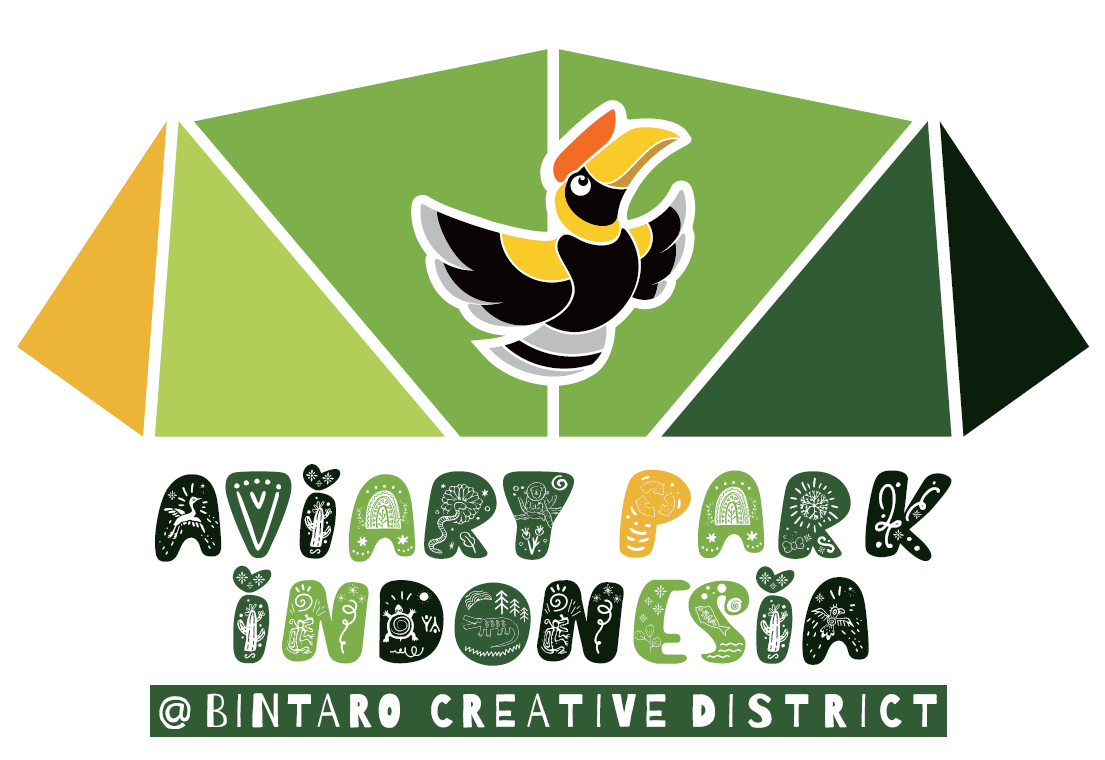Peta Kupu Kupu Indonesia
No. Species Sumatra 1 Tanaecia cocytina 2 Polyura delphis 3 Euploea mulciber 4 Ixias ludekingi 5 Junonia atlites 6 Appias cardena 7 Losaria neptunus 8 Moduza procris 9 Euploea radamanthus 10 Delias hyparete 11 Cheritra freya 12 Sithon nedymond 13 Drupadia theda 14 Delias ninus 15 Ideopsis gaura 16 Euthalia monina 17 Graphium antiphates 18 […]
The Giant Bird Cage in Aviary Park Indonesia
Selamat datang di Kandang Burung Raksasa kami, yang didedikasikan untuk Elang Bondol atau Brahminy Kite yang luar biasa dari Pulau Kotok. Di sini, Anda akan bertemu dengan burung-burung yang, karena cedera atau tantangan lainnya, tidak dapat bertahan hidup di alam liar. Elang Bondol ini awalnya dinyatakan punah secara lokal pada tahun 2004 karena perburuan ilegal, […]
Bamboo Kuning Golden
Phyllostachys Aurea Tinggi: Bamboo Kuning Golden dapat tumbuh hingga 5-8 meter, tergantung pada kondisi tumbuh dan perawatan. Batang: Batangnya tegak, ramping, dan berwarna kuning cerah. Diameter batang berkisar antara 2-4 cm. Batang bambu ini memiliki nodus yang menonjol dan jarak antar nodus yang relatif pendek.Daun: Daun berbentuk sempit dan panjang dengan warna hijau segar. Daun […]
Reproduction and Growth Coconut Crab
Coconut Crabs: Unique Reproduction and GrowthCoconut crabs have distinct male and female sexes. During mating, the male transfers sperm packets, called spermatophores, to the underside of a soft-shelled female. A few weeks later, she releases her fertilized eggs, which form a spongy orange mass that she carries beneath her body for several months. When the […]
Pojok Ganti Kulit si Kepiting Kelapa
Molting CornerIf you are wondering what the Crabs in the boxes are doing: This is our Molting Corner. Coconut Crabs need extreme calmness and no disturbance by their friends during that time as they are very sensitive. After they are grown and hardened, they will discover the exhibit again. Sudut MoltingJika Anda bertanya-tanya apa yang […]
Aviary Park Indonesia
Tempat wisata keluarga di Tangerang Selatan Aviary Park Indonesia yang terletak di Tangerang Selatan ini bukan hanya sekedar taman burung, namun juga merupakan destinasi penting untuk tempat wisata keluarga yang menjanjikan pengalaman tak terlupakan. Bayangkan berinteraksi bersama berbagai jenis burung dan satwa satwa lain seperti kura kura, keledai, domba yang lucu dan menggemaskan . Tempat […]
Coconut Crab
Kepiting kelapa, si raksasa di darat Giants of the Land Coconut Crabs: Giants of the LandJuvenile coconut crabs inhabit shells from sea snails (gastropods), but as they mature, they grow large and live without shells on land. They are among the largest crabs, with weights exceeding 4 kg and reports of individuals reaching up to […]
Coconut Crabs: A Fascinating Solitary Life
Coconut Crabs: A Fascinating Solitary Life Adult coconut crabs are solitary creatures that inhabit underground burrows and rock crevices in coastal forests. Remarkably, some have been located up to 6 kilometers from the sea. Due to their inability to swim, they can drown in seawater. These crabs are mostly nocturnal, staying hidden during the day and […]
Euploea Phaenareta the king crow
This species is the largest of the genus, and can be found where bintaro trees abound. belongs to family Nymphalidae, subfamily Danainae, milkweed butterflies – distribution: throughout Indonesia, Sri Lanka, Southeast Asia, Australia, Bismarck Archipelago. – host plants: Moraceae (Streblus), Apocynaceae (Cerbera)
Euploea Mulciber the Striped Blue Crow
This species is sexually dimorphic, which means the male and female look very different. belongs to family Nymphalidae, subfamily Danainae, milkweed butterflies – distribution: Sumatra, Kalimantan, Java, Bali, Nusa Tenggara, southern India and Southeast Asia. host plants: Apocynaceae (Nerium oleander), Moraceae (Ficus)
